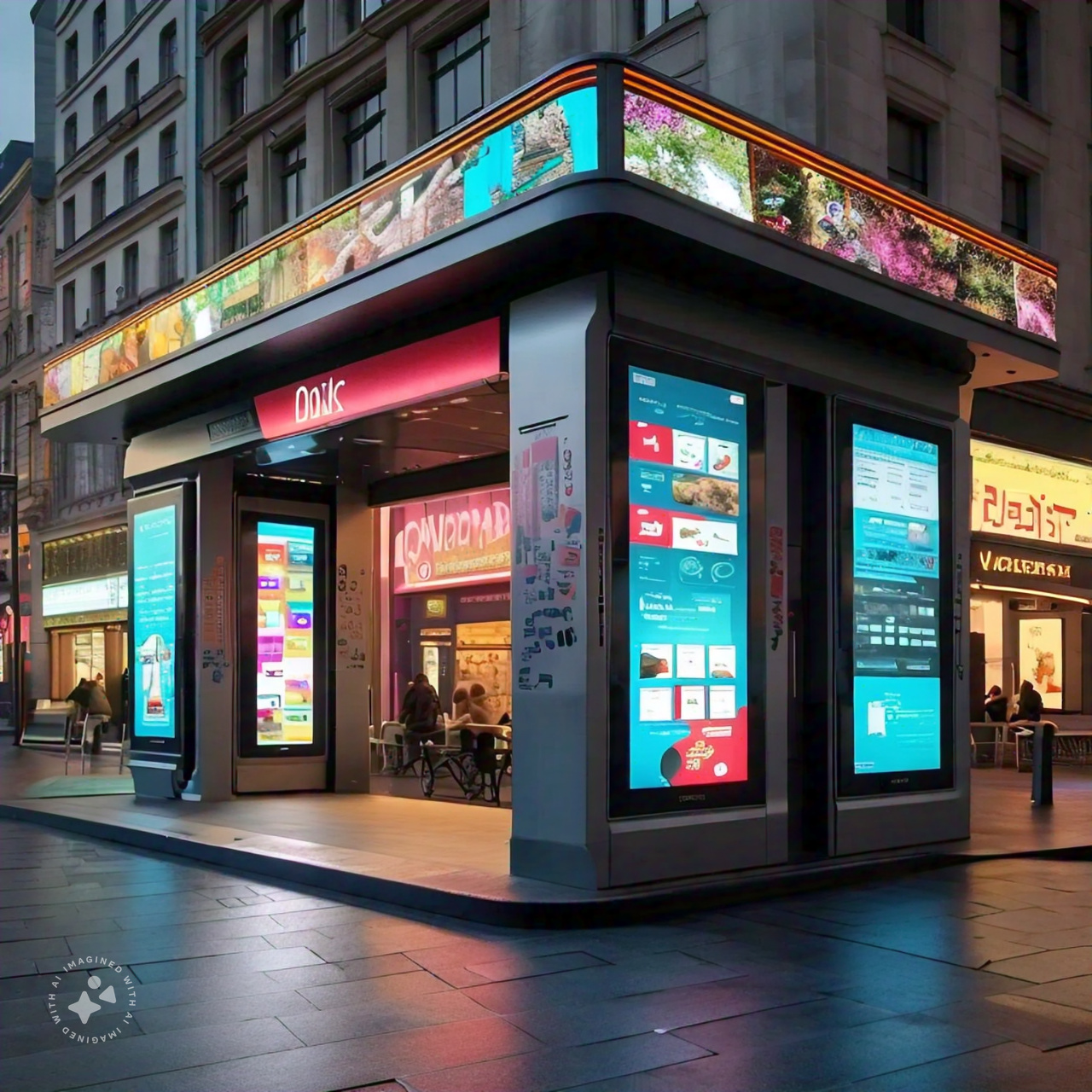In an increasingly digital world, the integration of technology into public spaces has become more prominent than ever. One of the most exciting developments in this area is the rise of outdoor digital kiosks. These interactive, versatile, and durable installations are transforming how we engage with urban environments, offering a wide range of benefits for cities, businesses, and the public.
What Are Outdoor Digital Kiosks?
Outdoor digital kiosks are freestanding, interactive terminals designed to provide information, services, and entertainment in public spaces. Unlike traditional static billboards or signage, these kiosks feature digital screens that can display dynamic content and respond to user interactions. They are built to withstand various weather conditions and are often placed in high-traffic areas such as city centers, parks, transportation hubs, and shopping districts.
Benefits of Outdoor Digital Kiosks
- Enhanced Information Dissemination: Outdoor digital kiosks are powerful tools for delivering information to the public. They can display real-time updates on weather, news, local events, transportation schedules, and emergency alerts. This instant access to information enhances the user experience and keeps people informed.
- Interactive Wayfinding: Navigating a city can be challenging, especially for tourists. Digital kiosks equipped with interactive maps and directions make it easier for people to find their way around. They can provide step-by-step guidance, points of interest, and even integration with public transportation routes.
- Advertising and Revenue Generation: For businesses and municipalities, digital kiosks offer lucrative advertising opportunities. Dynamic ads can be tailored to specific locations and times of day, reaching a wide audience effectively. This not only promotes local businesses but also generates revenue to support the maintenance and expansion of the kiosk network.
- Public Services Access: Outdoor digital kiosks can provide access to a variety of public services. Users can pay bills, access government services, and find information on local resources. This convenience makes public services more accessible and efficient.
- Community Engagement: By displaying information about local events, community announcements, and social campaigns, digital kiosks help foster a sense of community. They can also be used for interactive polls and feedback, encouraging public participation in civic matters.
Key Features of Modern Outdoor Digital Kiosks
- Durability: Designed to operate in diverse weather conditions, these kiosks are built with rugged materials that can withstand rain, snow, heat, and cold. They also feature vandal-resistant screens and enclosures to ensure longevity.
- High-Resolution Displays: Modern kiosks come with high-definition displays that offer excellent visibility, even in bright sunlight. This ensures that the content is always clear and legible.
- Touchscreen Interactivity: Touchscreens allow users to interact with the kiosk easily. This functionality can be used for everything from searching for information to playing interactive games.
- Connectivity: Equipped with Wi-Fi or cellular connectivity, digital kiosks can provide internet access to users and enable real-time content updates and data collection.
- Accessibility Features: To cater to all members of the public, many kiosks include accessibility features such as text-to-speech, braille instructions, and adjustable screen heights.
Examples of Outdoor Digital Kiosk Applications
- Smart Cities: Many modern cities are integrating digital kiosks as part of their smart city initiatives. These kiosks help manage urban infrastructure, provide valuable data for city planning, and enhance the quality of life for residents and visitors.
- Transportation Hubs: In places like airports, train stations, and bus terminals, digital kiosks provide real-time schedule updates, ticket purchasing options, and wayfinding assistance.
- Retail and Commercial Areas: Shopping districts and malls use digital kiosks for advertising, promotions, and providing information about stores and services.
- Tourist Attractions: Popular tourist spots use kiosks to offer information about attractions, ticket sales, and interactive guides, enhancing the visitor experience.
Conclusion
Outdoor digital kiosks are revolutionizing the way we interact with our urban environments. By providing dynamic information, enhancing navigation, supporting public services, and offering new advertising opportunities, these kiosks are becoming indispensable tools for modern cities and businesses. As technology continues to advance, we can expect to see even more innovative uses for outdoor digital kiosks, making our public spaces smarter, more efficient, and more engaging.







